ANDROID APP
APPLICATION DEVELOPMENT COMPANY
As the Best android application development services company,
we are proud to say that we are one of the top app development companies.
Technology We Use







Our Latest work
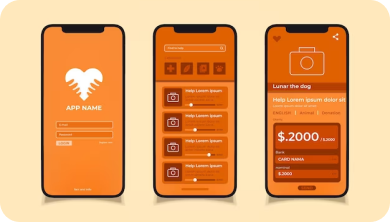
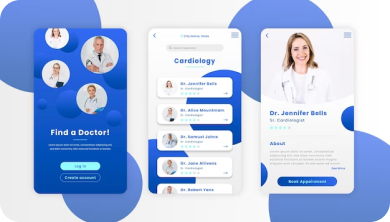
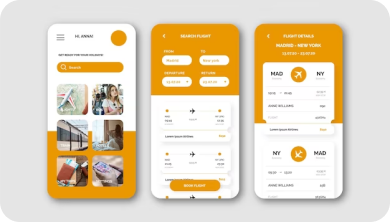

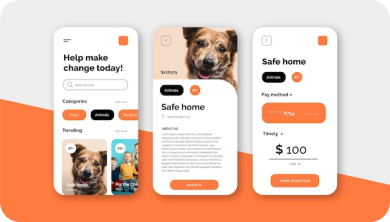
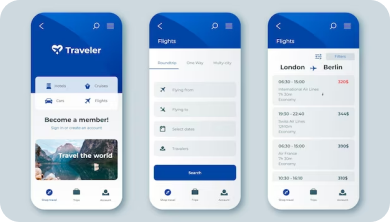
Customers
How we Build iOS Applications?
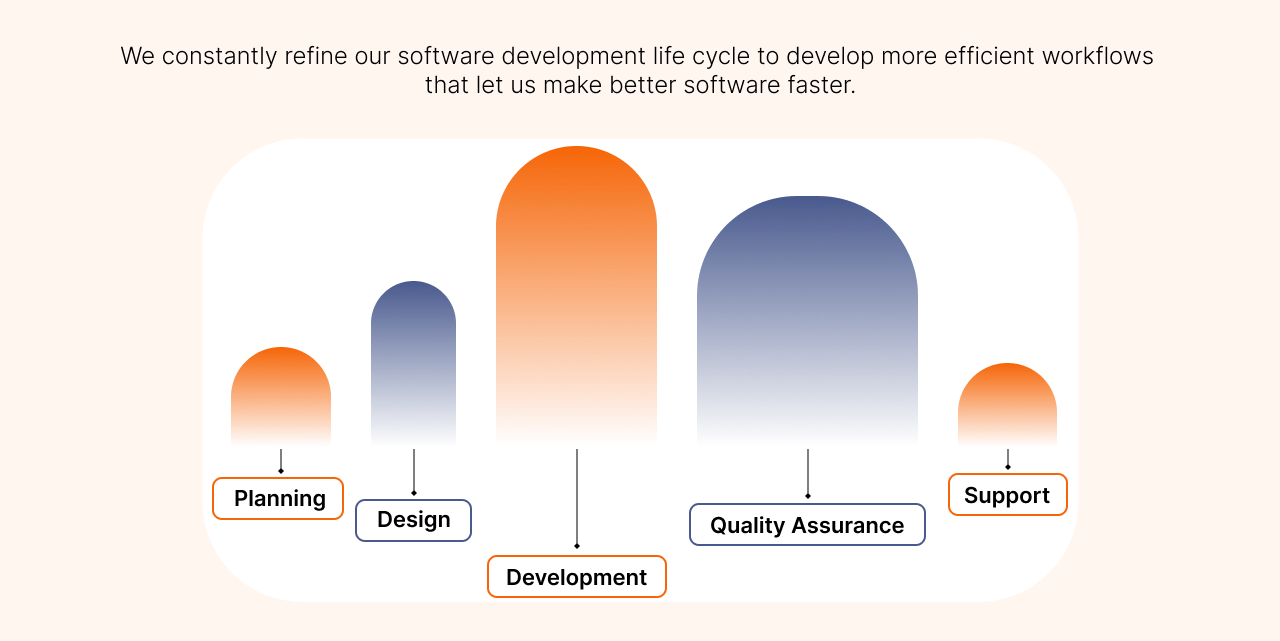
Frequently Asked Questions (FAQ)
Smartphone users spend about 90 percent of their mobile time on apps.
85% of consumers prefer native mobile apps over a mobile website.
Prototyping is an essential step in the app development process, because it gives you an opportunity to really evaluate design concepts, gather feedback, and identify dead links and flaws in the flow and usability of your mobile app.
Your market and keyword research will guide your choices for app titles and descriptions as you prepare to submit your mobile app to the various marketplaces for distribution.
You’ll also need a website—or at least a landing page—to support and promote your app. This is important for branding and awareness, and also for search and discoverability;
Yes, we always give importance to quality over price. We guarantee you great service and experience.
Such apps are built for a single mobile operating system. That’s why they’re called native – they’re native to a particular platform or device. The majority of mobile apps today are built for systems like Android or iOS.
The main benefit of native apps is their high performance and excellent user experience. After all, developers who build them use native device UI.
The most important drawback of native apps is their cost. To build, support, and maintain an app for Android and iOS you basically need two development teams. As you can imagine, this may result in a higher price tag on the project.
Web apps are software applications that behave similarly to native mobile apps and work on mobile devices.
However, there are significant differences between native apps and web apps. For starters, web apps use browsers to run, and they’re usually written in CSS, HTML5, or JavaScript. Such apps redirect the user to the URL and then offer them the option to install the app. They simply create a bookmark on their page. That’s why they require minimum device memory.
These apps are built using web technologies such as JavaScript, CSS, and HTML 5. Why are they called hybrid? Hybrid apps basically work like web apps disguised in a native wrapper.
Hybrid apps are easy and fast to develop, which is a clear benefit. You also get a single codebase for all the platforms. This lowers the cost of maintenance and streamlines the updating process. Developers can also take advantage of many APIs for features such as gyroscope or geolocation.
On the other hand, hybrid applications may lack speed and performance. Also, you might experience some design issues as the app might not look the same on two or more platforms.
An average mobile app user in the United States has over 100 apps installed on their device.
A typical mobile user will check their smartphone 80 times a day.
Mobile apps today account for more than 57% of all digital media usage.
By 2021, almost 7 billion people worldwide will be using mobile devices.
By 2022, the mobile app downloads number or year will reach 258 million. This is a great increase from 2017 when that number reached 168 million
Modern smartphones and tablets are equipped with features such as Bluetooth, Near Field Communication (NFC), GPS, gyroscopic sensors, cameras, and many more. Developers can use these features to create apps with technologies such as Virtual or Augmented Reality, barcode scanning, location-based services, and many more.
